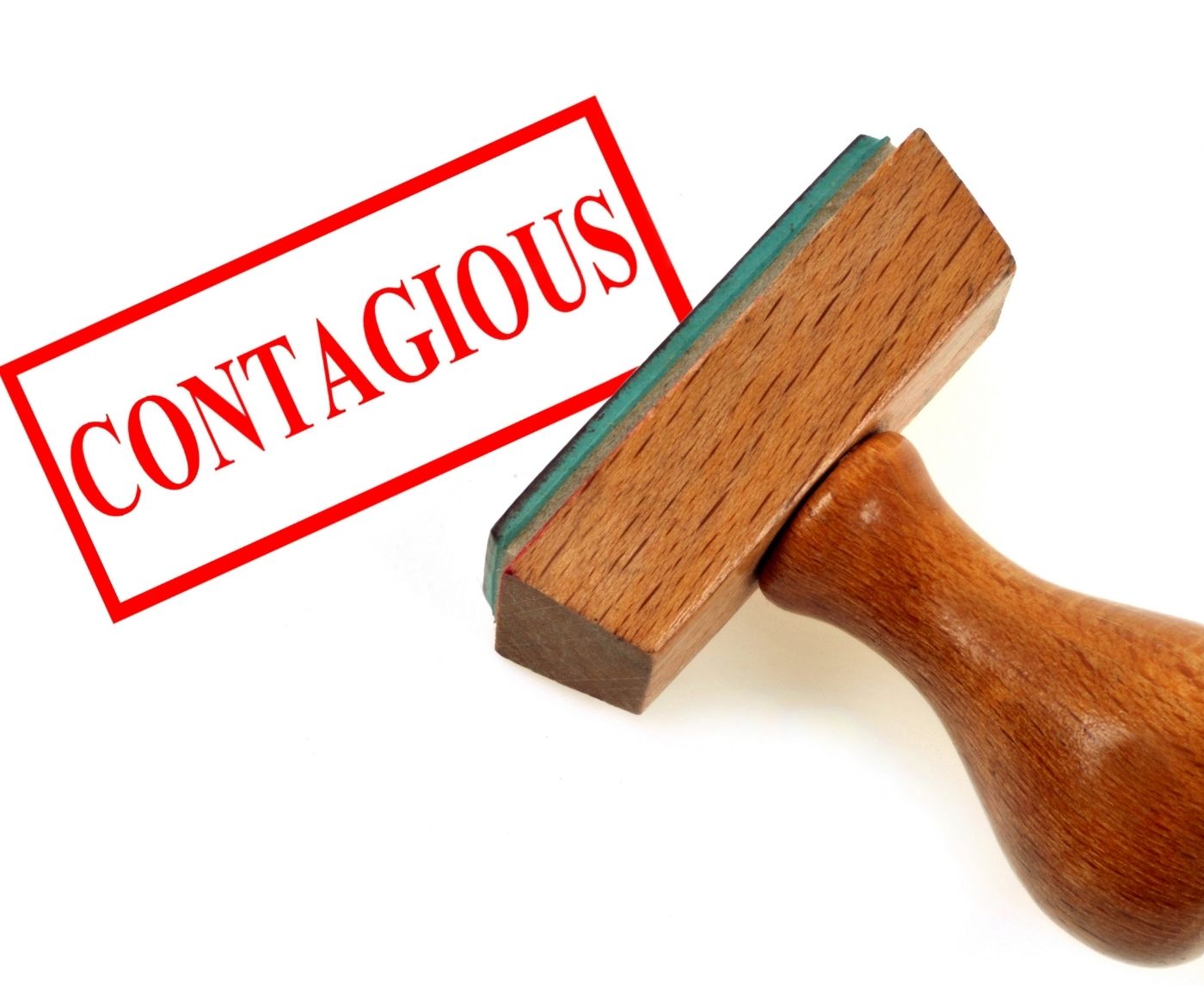The Most Dangerous Sex Act for STDs (And How to Stay Safe)
Quick Answer Box
Yes, you can have an STD for weeks, months, or even years without knowing. Many infections, like chlamydia, HPV, or herpes, often show no symptoms at all, or symptoms so mild they’re mistaken for something else. Regular testing is the only way to know for sure.
How STDs Stay Silent (And Why That’s So Dangerous)
Some STDs are masters of disguise. They either stay completely asymptomatic or mimic harmless conditions like razor burn, yeast infections, or a cold sore.
Here’s how they stay undetected:
- No initial symptoms: Infections like chlamydia, gonorrhea, and HPV often cause no early warning signs.
- Misinterpreted signs: A little irritation might be chalked up to allergies, friction, or hygiene products.
- Internal-only damage: In people with vaginas, STDs can silently damage reproductive organs without external symptoms.
This silence can be seductive. It makes you feel safe when you’re not. And that can delay diagnosis for months or even years, until complications force a reveal.

People are also looking for: Is it possible to be allergic to condoms?
STD Symptom Timelines: When (and If) They Show Up
One of the trickiest things about STDs? There's no universal timeline. Each infection has its own “personality,” so to speak.
Here’s what you need to know:
- Chlamydia: Can go undetected for years, especially in people with vaginas. When symptoms do appear, they might be as mild as a bit of discharge or spotting.
- Gonorrhea: Often shows up within 2–10 days, but can be completely silent in up to 80% of vaginal cases.
- HPV: Sometimes takes years to show symptoms (if ever). Often detected only through Pap smears.
- HIV: The first flu-like symptoms might pop up 2–4 weeks after exposure, but after that, the virus can go quiet for years while causing damage.
- Herpes: Some people never have a visible outbreak and only find out through a test or partner diagnosis.
In short: The timeline is unpredictable. The only certainty is testing.
The Most Common “Silent” STDs You Might Not Know You Have
Some STDs are particularly notorious for being stealthy. These are the ones that frequently show no symptoms at all:
- Chlamydia: The silent queen. It’s one of the most common STDs and often comes with zero signs, especially in people under 25.
- HPV (Human Papillomavirus): Extremely common, usually symptomless, and in some cases, can cause cancer if undetected.
- Gonorrhea: Quiet in the throat, rectum, or cervix. Can still cause complications if untreated.
- Herpes (HSV-1 and HSV-2): Can be contagious even without visible sores.
- HIV: Can lie dormant for years post-infection without treatment, slowly weakening the immune system.
- Trichomoniasis: Often misdiagnosed as a yeast infection or completely missed, especially in men.
These infections don’t wait for symptoms to do damage or spread, they just need time and an unaware host.
Check Your STD Status in Minutes
Test at Home with Remedium8-in-1 STD Test Kit

 For Men & Women
For Men & Women Results in Minutes
Results in Minutes No Lab Needed
No Lab Needed Private & Discreet
Private & DiscreetOrder Now $149.00 $392.00
For all 8 tests
Why Feeling “Fine” Isn’t Enough to Skip Testing
Most people only think about STDs when something feels off. But when STDs are silent, your body’s not going to send a red-alert text message. And waiting until symptoms show? That’s playing sexual health roulette. Here’s why testing matters, even when you feel totally fine:
- You could unknowingly infect someone else. Many STDs are transmissible even without symptoms.
- Complications stack up silently. Chlamydia can lead to pelvic inflammatory disease, infertility, or chronic pain.
- Some infections become harder to treat over time. Delayed treatment can result in more aggressive interventions later.
- You can stop the chain. Testing and treatment help protect your partners, even if they’re still in the “it won’t happen to me” phase.
Don’t wait for a sign. Silence doesn’t mean safety.
The Emotional Trap of “I Would Know If I Had One”
Let’s bust this lie right now: you don’t need to feel “dirty,” sick, or slutty to have an STD. And thinking you’d “just know” is one of the biggest myths keeping people untested. This trap is emotional. It plays on shame, stigma, and the very human desire to believe we're safe. But here’s what happens when we rely on instinct instead of facts:
- You convince yourself symptoms would be obvious
- You think only “promiscuous” people get STDs
- You wait... and wait... and wait for a sign that may never come
A 28-year-old woman once thought her infertility issues were just bad luck, until a doctor traced it back to untreated Chlamydia from college. No symptoms, no idea. Just a missed window she can’t get back.

People are also looking for: Can you have an STD for years without knowing it?
Untreated STDs: The Quiet Wrecking Crew
When an STD hangs out too long undetected, it doesn’t sit quietly in the corner. It gets to work. And not in a good way. Here’s what silent infections can do over time:
- Chlamydia and Gonorrhea: Can lead to pelvic inflammatory disease, chronic pelvic pain, ectopic pregnancies, or infertility
- HPV: Certain strains can cause cervical, throat, or anal cancer
- HIV: Without treatment, it gradually erodes the immune system, leading to AIDS
- Syphilis: In its later stages, it can damage the brain, heart, and nerves
- Trichomoniasis: Increases the risk of contracting or spreading HIV
These infections don’t need symptoms to do damage, they just need time and neglect. That’s what makes them so dangerous.
What Doctors Really Think About “Symptom-Free” Sex Lives
If you talk to clinicians who work in sexual health, they'll tell you the same thing: asymptomatic doesn’t mean harmless.
Here’s what one NYC public health nurse shared:
“Most of my patients are stunned when they test positive. They say, ‘But I felt totally normal.’ And that’s the point, normal doesn’t mean safe. I wish more people understood that.”
Medical experts push for regular testing not because they want to scare you, it’s because STDs are most contagious when no one realizes they’re there. That’s how they spread. That’s why “symptom-free” doesn’t get a pass.
Real People, Real Stories: When the Truth Comes Too Late
Sometimes the only thing more powerful than stats is a story.
- Jay, 31: Thought his urethra irritation was dehydration. Turned out to be Gonorrhea. By the time he tested, he'd unknowingly passed it to two partners.
- Maya, 24: Was shocked when a routine Pap smear revealed HPV. “I thought if I had an STD, it would hurt or something. I didn’t feel anything.”
- Carlos, 36: Found out he was HIV-positive during a life insurance blood test. He hadn’t felt sick in years.
Their experiences aren’t rare. They’re just rarely talked about. But this blog? It talks.
Check Your STD Status in Minutes
Test at Home with Remedium10-in-1 STD Test Kit

 For Women
For Women Results in Minutes
Results in Minutes No Lab Needed
No Lab Needed Private & Discreet
Private & DiscreetOrder Now $189.00 $490.00
For all 10 tests
FAQs
1. Can you have an STD for years without knowing?
Yes. Chlamydia, HPV, and even HIV can go undetected for years without symptoms, slowly causing damage or spreading to others.
2. Are there any early warning signs for silent STDs?
Sometimes. But they’re often subtle, like discharge, spotting, or itching, and easily dismissed or mistaken for something else.
3. Do all STDs eventually show symptoms?
No. Some STDs never show symptoms, especially in certain people. Testing is the only sure way to detect them.
4. Can you pass on an STD with no symptoms?
Absolutely. Many STDs are contagious even when you don’t feel or see anything unusual.
5. What’s the most common silent STD?
Chlamydia is one of the most common and often asymptomatic, especially in women and people with vaginas.
6. Is an STD test necessary after one-time unprotected sex?
Yes. One encounter is enough for transmission. The only way to be sure is to test.
7. Can you test too early for an STD?
Yes. Every STD has a “window period.” Talk to a provider or follow test kit instructions to get the right timing.
8. Are at-home STD tests reliable?
Yes, when bought from trusted sources and used correctly.
9. Can antibiotics cure all silent STDs?
Not all. Chlamydia, Gonorrhea, and Syphilis can be cured, but Herpes, HPV, and HIV are manageable but lifelong.
10. How do I bring up STD testing with a partner?
Be honest, calm, and factual. Try: “I think it’s smart we both get tested before we stop using protection.”
Prevention Isn’t Just Condoms, It’s Awareness + Testing
Condoms help. Vaccines help. But testing is the only way to see what’s already there. Here’s a realistic prevention strategy:
- Test at least once a year if you're sexually active, even without symptoms
- Test between new partners
- Use condoms, especially for casual or non-monogamous sex
- Talk about testing with your partners, yes, even the awkward ones
- Get vaccinated for HPV and Hepatitis B
Awareness is protection. Don’t assume you're fine, know you're fine.
Sources
1. STDs Without Symptoms – CDC
2. Sexually Transmitted Infections Fact Sheet – WHO
3. STDs – Mayo Clinic
4. STD Testing – Planned Parenthood










